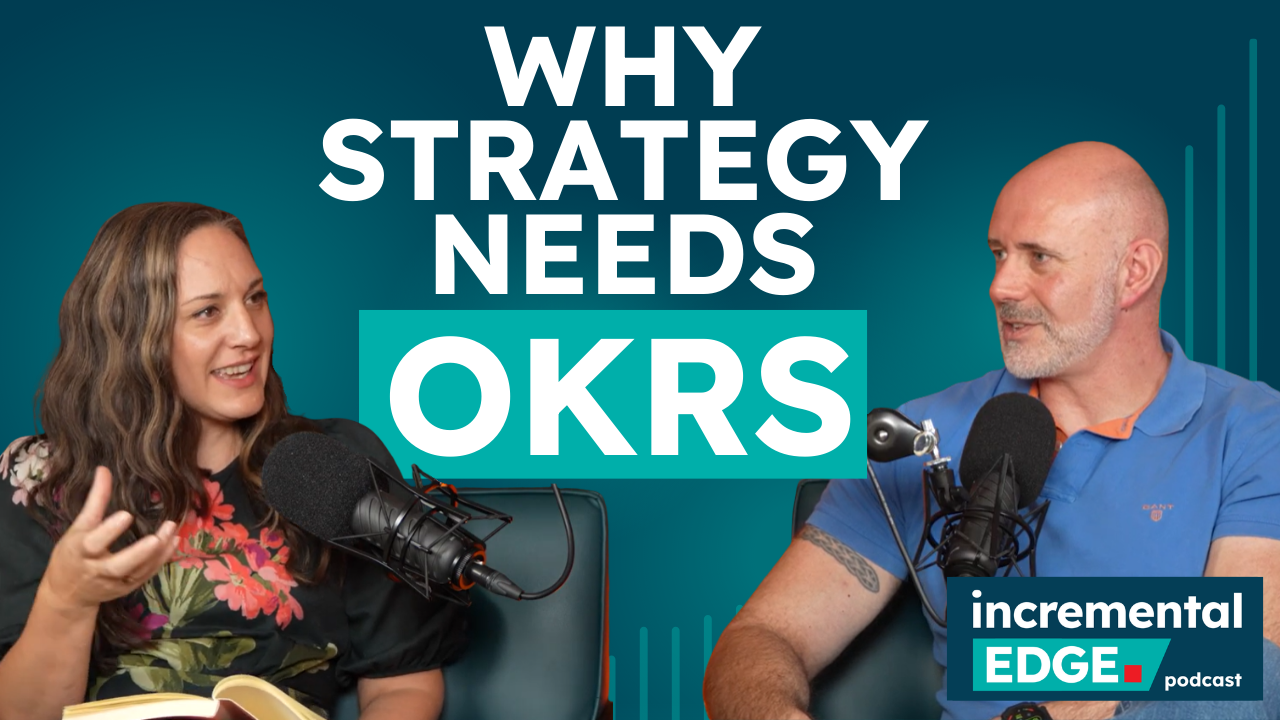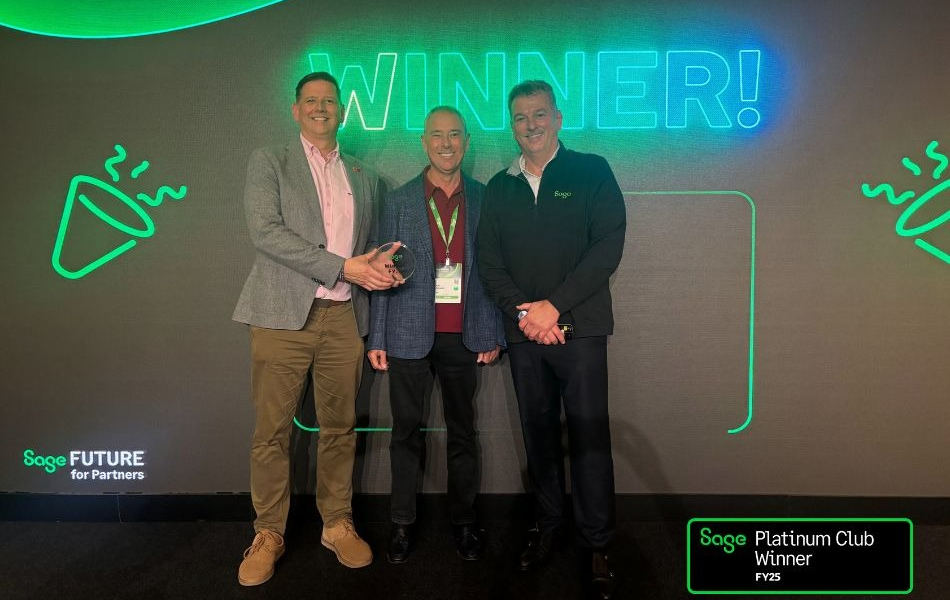
Insights
The Strategic Shift: Why Stephenson Group decided to move from Sage 1000
12th September 2024
3 min read
We delve into the reasons why Stephenson Group decided to transition from Sage 1000 to a more advanced system. Lucy Bilbrough, Operations & Continuous Improvement Director, shares her journey in identifying the need for change, building a strong business case, and setting the stage for a successful transition.
For any business, deciding to move away from a long-established system like Sage 1000 can be daunting. At Stephenson Group, a Yorkshire-based manufacturer of cosmetics, skincare, and surfactants, this decision was not made overnight. It required a deep understanding of the company’s evolving needs and a clear vision for the future. Lucy Bilbrough, who had risen through the ranks to become Operations & Continuous Improvement Director, was at the forefront of this critical change.
Stephenson Group was facing a classic challenge: the business had outgrown its existing software. Sage 1000, which had served them well for years, was beginning to show its limitations, especially as the company started to automate its production lines to meet the demands of blue-chip clients. The need for a more robust and scalable system was becoming increasingly apparent.
“Our CEO and owner was enthusiastic about finding a solution. He could see the benefits of evolving the platform,” Lucy recalls. “We knew that the software was holding us back, but we needed to define the next steps clearly.”
Lucy quickly realised that there was a gap in the team’s understanding about what was possible with newer technologies. Recognising this, Lucy built a business case that would not only address the immediate need for a new system but also align with the company’s long-term growth objectives.
One of the first steps Lucy took was to engage the leadership team in a discussion about the company’s future. This involved identifying the limitations of Sage 1000 and how these were impacting business operations. The team also looked at how new technology could potentially unlock growth opportunities that were previously out of reach.
“We had senior sponsorship already in place, which was crucial,” Lucy explains. “The CEO’s enthusiasm gave us the momentum we needed to move forward.”
Lucy’s approach was methodical. She began by mapping out the current challenges faced by the business and what they needed from a new system. This involved looking at factors such as scalability, integration capabilities, and ongoing support. She also ensured that key stakeholders were involved in the decision-making process from the outset, understanding that their buy-in would be essential for a successful transition.
The decision to move away from Sage 1000 was not just about finding a new system; it was about setting the business up for future success. Lucy knew that the new system needed to be scalable, configurable, and capable of supporting the company’s growth ambitions. After conducting thorough research and engaging with potential vendors, it became clear that Sage X3 was the right choice.
“Sage X3 emerged as the obvious choice because it fit our business needs perfectly,” Lucy says. “It offered the configurability and scalability we required, and it was a grown-up solution for our comparatively small business.”
Actionable steps to adopt Lucy’s approach:
1. Evaluate your current system
Start by identifying the limitations of your existing ERP and assess how they are affecting your business operations.
2. Involve key stakeholders
Ensure that everyone who will be impacted by the change is involved in the decision-making process. Their support is crucial for a successful transition.
3. Build a strong business case
Focus on the benefits that a new system could bring, not just in terms of solving current problems but also in supporting future growth.
The decision to move on from Sage 1000 was not easy, but it was necessary for Lucy and the team. For Stephenson Group, it marked the beginning of a new chapter—one where technology would play a central role in driving the company’s growth and efficiency.
Latest posts
.png)
9th December 2025
4 min read
Learn about the upcoming changes to FRS 102 and how to prepare
FRS 102 is getting a major update from 2026, with big implications for revenue recognition and ...

4th December 2025
4 min read
The OKR Effect: Why outcome focus improves strategic execution
Strategy is something most leaders care deeply about. We invest time building a clear plan, shaping ...

2nd December 2025
2 min read
Celebrating a double win at Sage Future 2025
We’re excited to share some fantastic news that reflects not only Datel’s hard work, but the trust, ...
